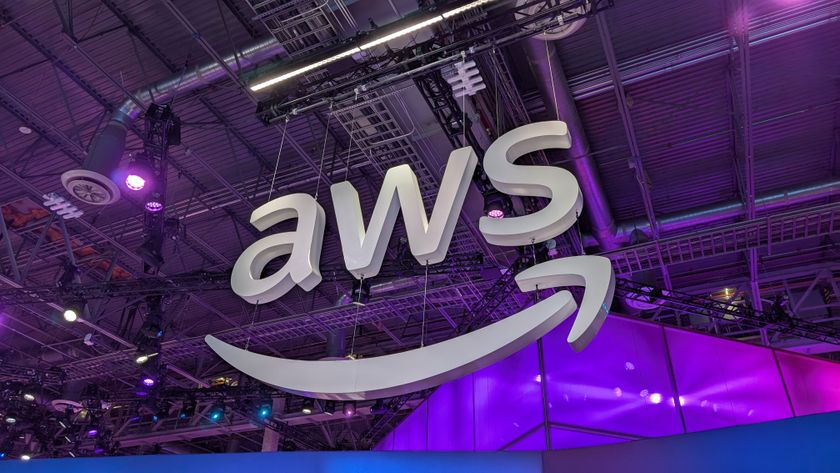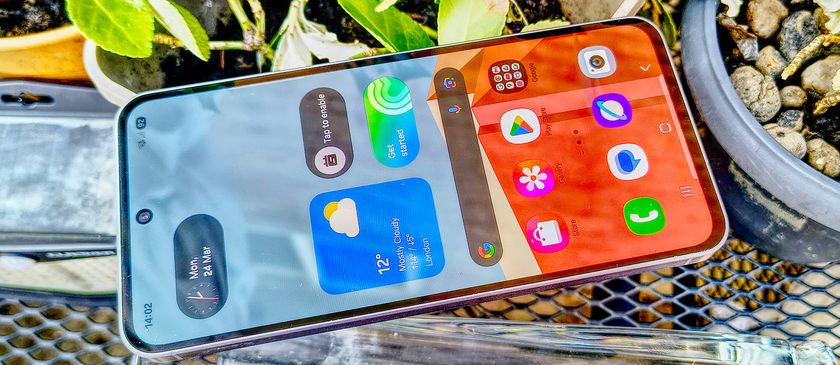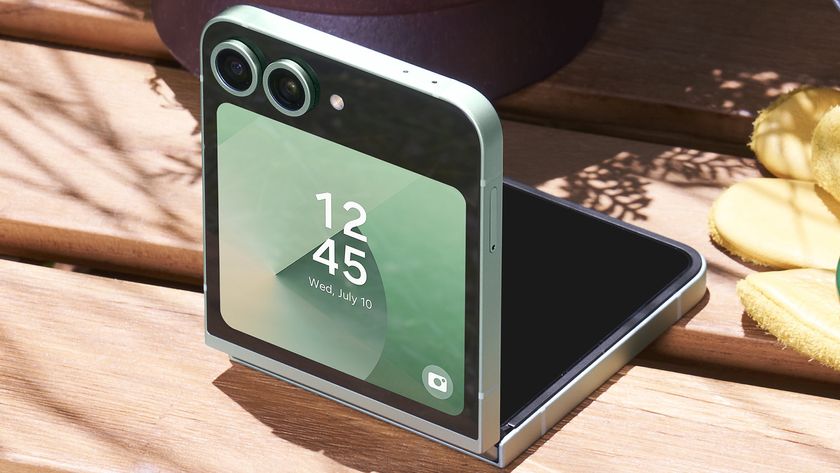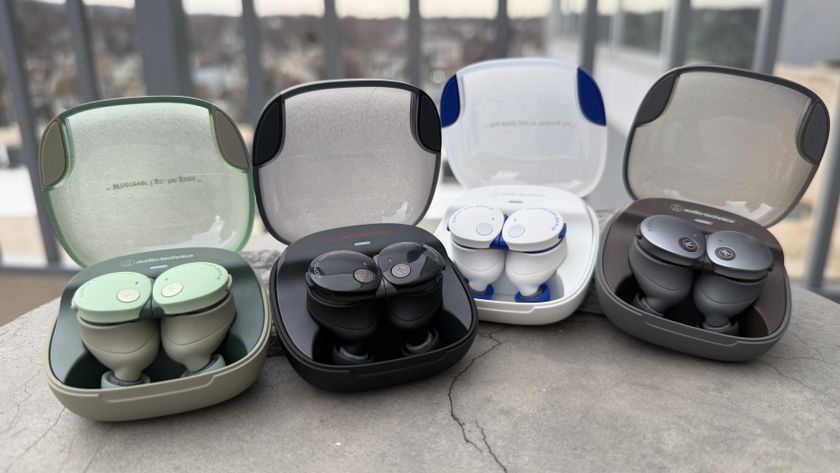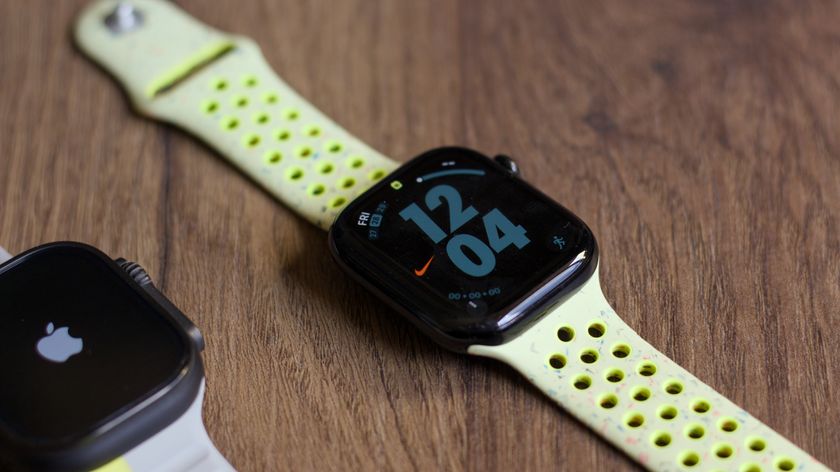Powerline adaptors seductively promise both the solid reliability of a wired network, combined with the cable-minimising side effect of using your home's existing power sockets as network ports.
It's a clever trick; the mains power in your home works on a 50Hz sinusoidal wave. Powerline adaptors 'imprint' on this low-frequency wave an ultra-high frequency signal in the high MHz range, this is carried around the home piggybacking the standard 50Hz power signal. As it passes through the other connected powerline adaptors it can be decoded and the networking data extracted. How high you make the modulated carrier frequency determines how much data you can transmit.
As with wireless networking powerline adaptors started off slow – around 14Mbps – but have slowly progressed in speed from 85Mbps to 200Mbps and even supposedly 1Gbps from the latest Belkin devices.
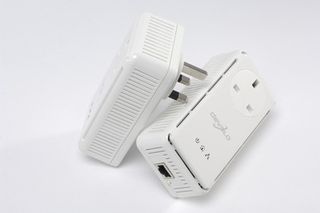
WHY ADD MORE WIRES: Powerline networking piggybacks on your existing electrical network so you don't have to lay extra cable
They offer a blindingly convenient solution, you can have your ADSL router wherever you need it plugged into its power socket, then right beside it a powerline network adaptor with corresponding network cable. Cut to the living room where another powerline adaptor is found, again with a network cable connected to your media PC. If need be a third connects to a server and a fourth to the gaming rig upstairs.
As PCs need to be near power sockets anyway, you're guaranteed to only need a short network cable to seal the deal.
So what's the downside? All of that extra modulation/demodulation, plus riding on the back of the mains signal introduces additional latency. At which point every gamer just did a nice vampire-seeing-a-cross impression. Let's not overreact, in testing we were seeing latencies of around 4 to 6ms, that's at worst less than 10 per cent of your total typical latency.
Get daily insight, inspiration and deals in your inbox
Sign up for breaking news, reviews, opinion, top tech deals, and more.
Potentially more annoyingly would be if powerline networks were affected by mains interference. Appliances can create spikes on the mains when switched on and off, plus devices such as washing machines and hair dryers can create high-frequency interference.
High-speed HomePlus AV adaptors such as the Devolo, are designed to plug into the wall socket and then any extensions plugged into it. This helps eliminate interference, as it can be filtered out. Additionally frequency hopping technology helps reduce interference effects.
There's also the issue of security, potentially anyone within the same building and even in the direct vicinity could receive the network information. Again this is catered for in the form of 128-bit AES encryption. The Devolo adaptors provide software that enables you to issue a password to each connected adaptor from a single location, though you'll need the security code – similar to a MAC – for each adaptor plugged in.
A more annoying issue is future compatibility. Currently the HomePlug Powerline Alliance maintains the HomePlug standard that's most widely used. An alternative international standard is due to rollout in 2010 called G.hn. It's an idealistically-pure standard, devised to carry network signals over any existing home wiring be it power, telephone or coaxial.
In a way it's a non-issue as it's not out at the time of writing, but it just means if anything new and shiny does appear it won't work with your existing HomePlug adaptors, but being a happy and understanding lot they should all coexist together.
